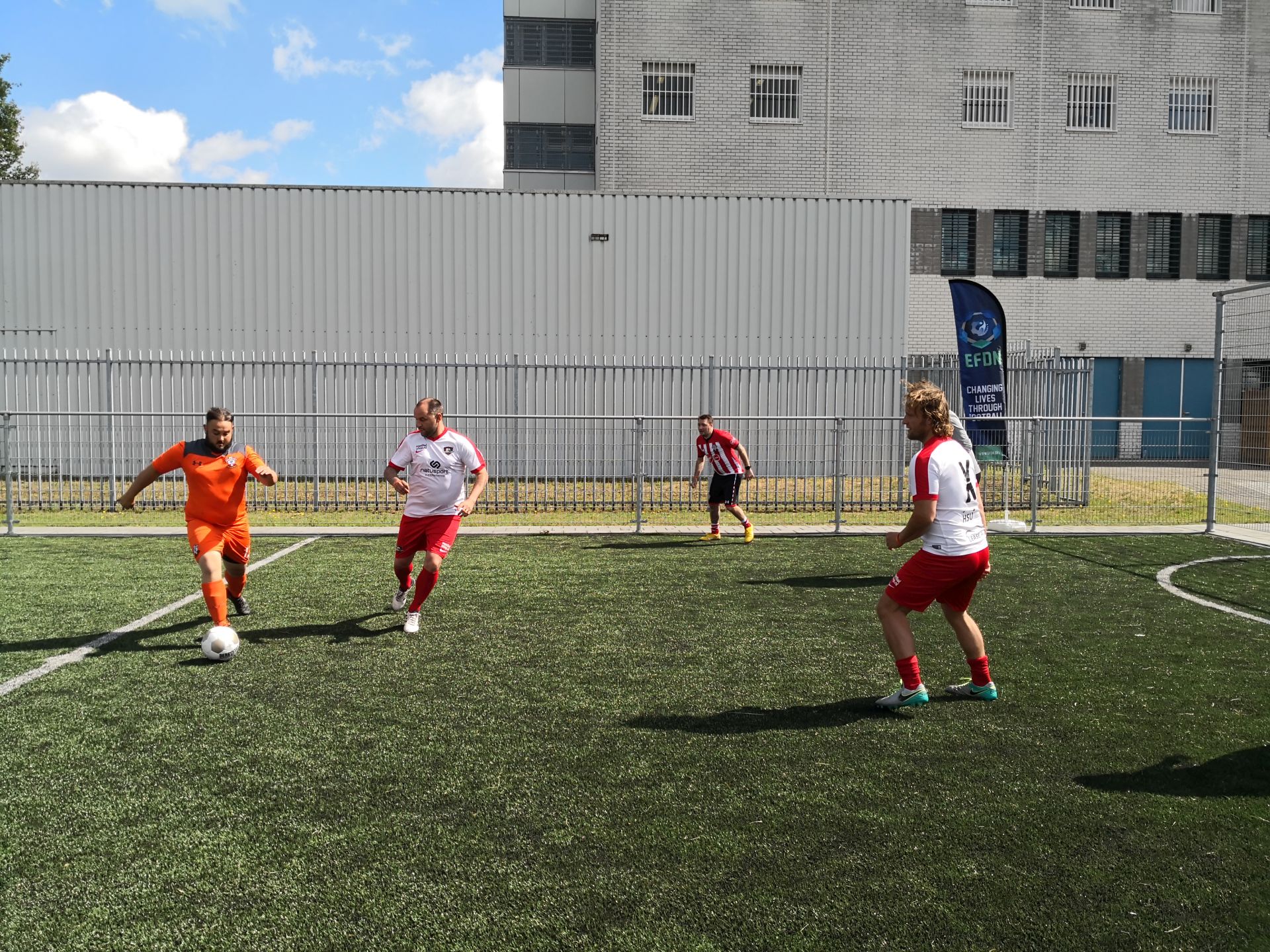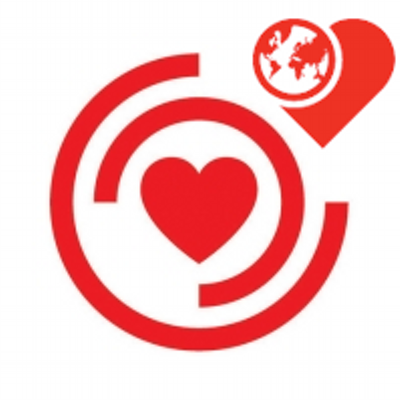Global Recommendations on Physical Activity – WHO (2010)
Physical inactivity is now identified as the fourth leading risk factor for global mortality. Physical inactivity levels are rising in many countries with major implications for the prevalence of noncommunicable diseases (NCDs) and the general health of the population worldwide.
The significance of physical activity on public health, the global mandates for the work carried out by WHO in relation to promotion of physical activity and NCDs prevention, and the limited existence of national guidelines on physical activity for health in low- and middle-income countries (LMIC) make evident the need for the development of global recommendations that address the links between the frequency, duration, intensity, type and total amount of physical activity needed for the prevention of NCDs. The focus of the Global Recommendations on Physical Activity for Health is primary prevention of NCDs through physical activity at population level, and the primary target audience for these Recommendations are policy-makers at national level.
Issues not addressed in this document are clinical control and the management of disease through physical activity. Guidance on how to develop interventions and approaches to promote physical activity in population groups are similarly not addressed. The following steps summarize the process undertaken by the WHO Secretariat in preparation of the Global Recommendations on Physical Activity for Health:
- 1. Review and compilation of the scientific evidence available for three age groups, for the following outcomes: cancer, cardiorespiratory, metabolic, musculoskeletal and functional health.
- Setting out of a process to develop the Recommendations.
- Establishment of a global guideline group with expertise both in subject matter and in policy development and implementation.
- Meeting and electronic consultation of the guideline group to prepare the final draft of the Global Recommendations on Physical Activity for Health.
- Peer review of the Recommendations and consultation with the WHO Regional Offices.
- Finalization of the Recommendations, approval by the WHO Guideline Review Committee.
- Translation, publication and dissemination.
The recommendations set out in this document address three age groups: 5–17 years old; 18–64 years old; and 65 years old and above. A section focusing on each age group includes the following:
- a narrative summary of scientific evidence;
- the current physical activity recommendations;
- the interpretation and justification for the recommendations made.

Football Games Booklet, 12-16 years old
As part of the #WePlayStrong initiative, this booklet with training sessions for 12 to 16 year olds has been issued. The booklet ...
Download Document
Football Works Festival 2019 Presentations – Rosie Meek (Royal Holloway University of London)
Rosie Meek, Professor of Psychology and founder of the Law School at Royal Holloway University of London discussed the role ...
Download Document
